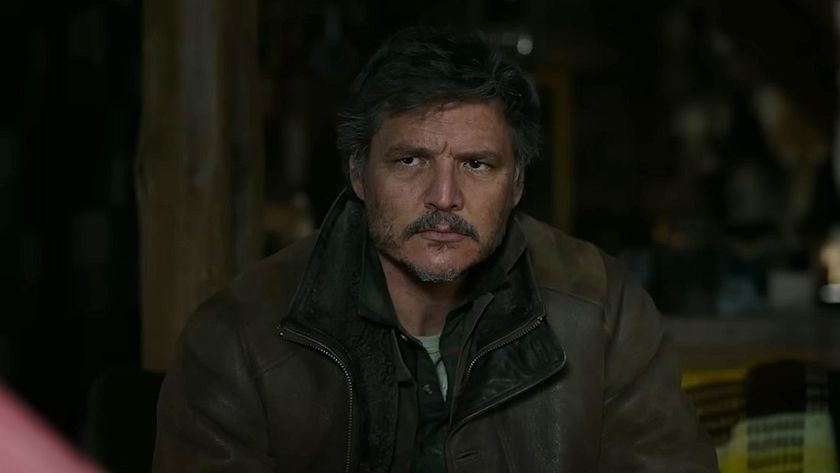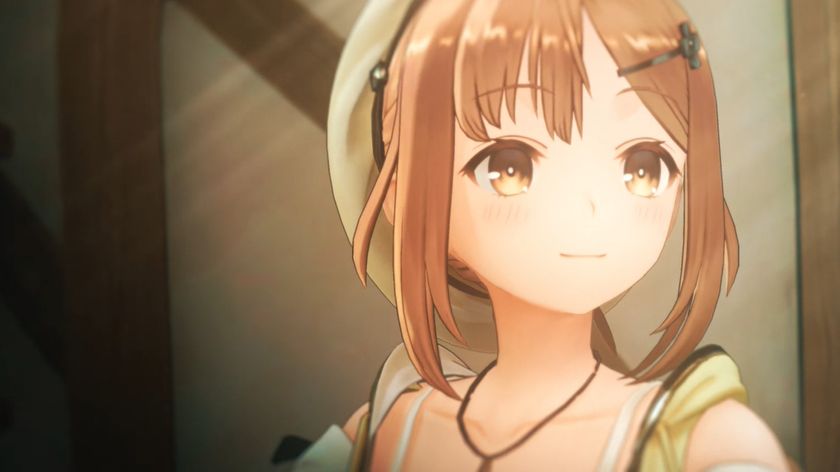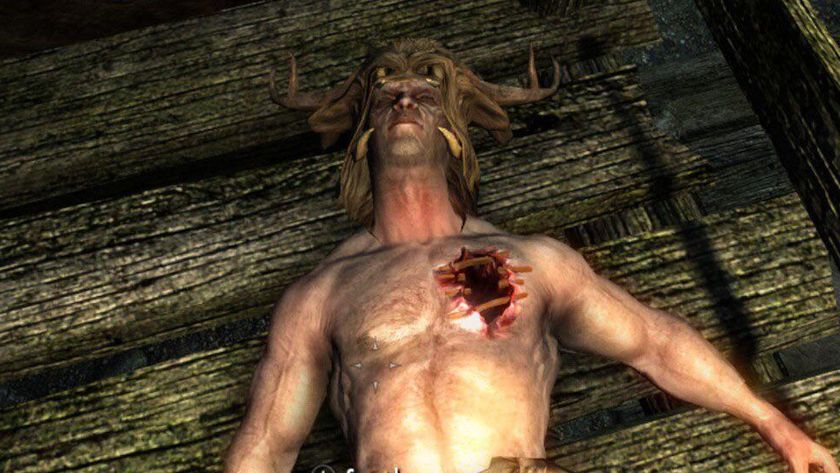Out of this world: Ubisoft shoots for the stars in Edge 375’s cover game, Mario + Rabbids: Sparks Of Hope
“It’s the perfect template to mix things that maybe would not be possible elsewhere”
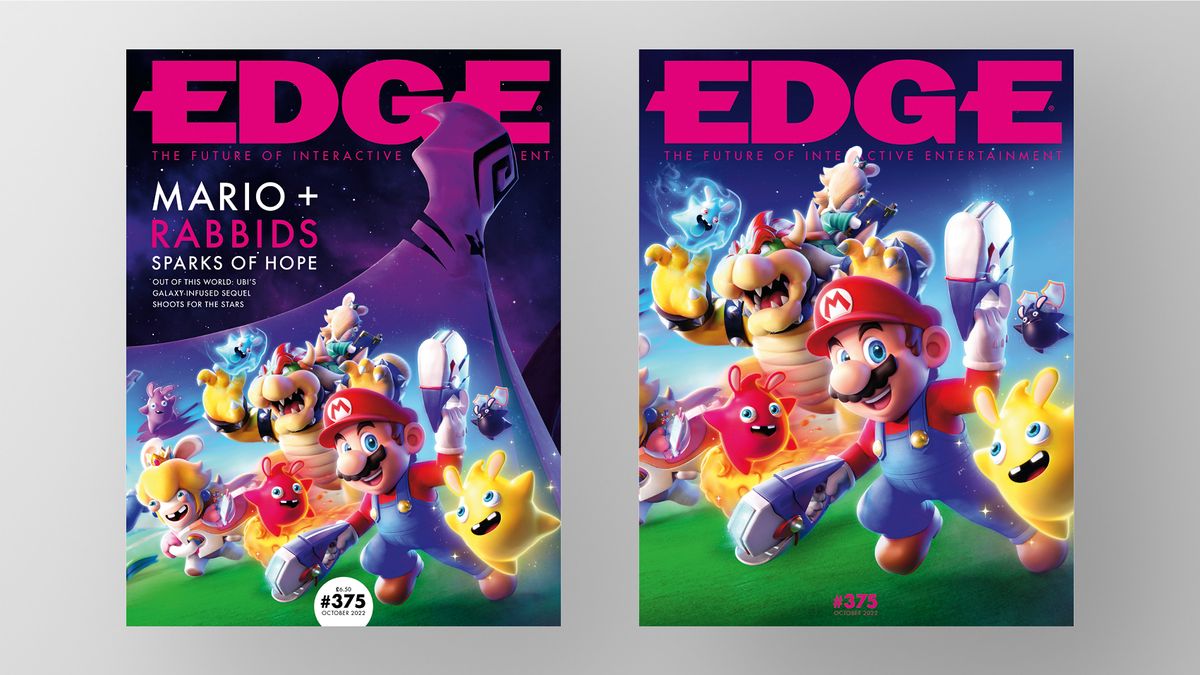
When a studio makes a successful game and a sequel is subsequently greenlit, most understandably tend to approach the task with a familiar maxim in mind: if it ain’t broke, don’t fix it. But sometimes the smart choice is to ignore conventional wisdom: the very best follow-ups are the ones where a developer takes the opportunity to try something different, to capture the freshness and excitement that the first game generated.
So it is with Mario + Rabbids: Sparks Of Hope, which dispenses with the grid-based core of 2017’s much-loved Kingdom Battle in favour of allowing the Mushroom Kingdom’s finest and his boisterous new allies to move freely around the battlefield. It’s a decision creative director Davide Soliani says was “crazy” and “scary” at first, but it makes for a tactical game that feels as distinctive as the original game, albeit in a different way. “It must be as courageous as the first one,” he says.
That bold change is partly down to the increased trust that Nintendo has in the studio since partnering for the first game, producer Xavier Manganares explains. Now you can control the characters directly, encounters feel more dynamic with real-time elements added to the mix: you can grab hold of Roomba-like ally Beep-0 (who now hovers above the battlefield to provide a tactical overview) and ground-pound enemies from above. Bob-ombs can be upended and thrown towards enemy groups, or to blow apart cover to leave them exposed for a follow-up attack. The Sparks of the title, meanwhile – hybrids of Rabbids and Super Mario Galaxy’s Lumas – provide elemental techniques, while allowing characters to lean into specialities or else ameliorate their weaknesses.
Indeed, Nintendo’s seminal platformer has been a major influence on both the story and the structure of the game. Rather than yomping around a Rabbid-ised take on the Mushroom Kingdom, you’re on a journey through space, with multiple planetary pit-stops. It’s a way to add more variety to exploration – which is also free-roaming, and now features a number of side activities to reward those who venture away from the critical path. “Once we decided, ‘OK, we want to journey through the planets’, it came quite easily to use some Galaxy elements,” associate producer Cristina Nava explains. “Of course it’s not a Galaxy game, but there are for sure Galaxy vibes.” That’ll do for us.
Indeed, we daresay it’s a stellar issue all round. In Play, we have two exclusive reviews in the form of episodic narrative adventure We Are OFK, and Half Mermaid’s extraordinary Immortality – the latter verdict in particular is not to be missed. We also run the rule over the likes of Stray, Xenoblade Chronicles 3, Live A Live, and Zachtronics’ final game, Last Call BBS. In features, Argonaut’s Jez San talks about teaching at Nintendo and smoking with Miyamoto, while controversial auteur David Cage surveys 25 years of Quantic Dream in conversation with Simon Parkin.
Elsewhere, we consider whether, with Grammy recognition and a BBC Prom, we’re in a golden age for videogame music. We tell the fascinating story behind MMO gallery game Occupy White Walls and how its creators pulled off one of the biggest art heists of all time. And with its ten-year anniversary around the corner, we ask how history will remember Irrational’s polarising Bioshock Infinite. Like our cover game, then, there are plenty of surprises in store in Edge 375, which goes on sale from today.
You can pick up Edge 375 as a single issue in newsagents and via MagazinesDirect.
Sign up to the 12DOVE Newsletter
Weekly digests, tales from the communities you love, and more
Edge magazine was launched in 1993 with a mission to dig deep into the inner workings of the international videogame industry, quickly building a reputation for next-level analysis, features, interviews and reviews that holds fast nearly 30 years on.

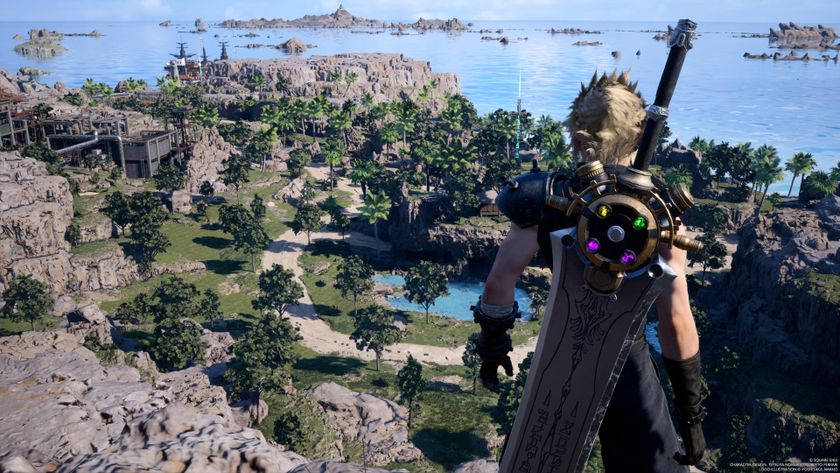
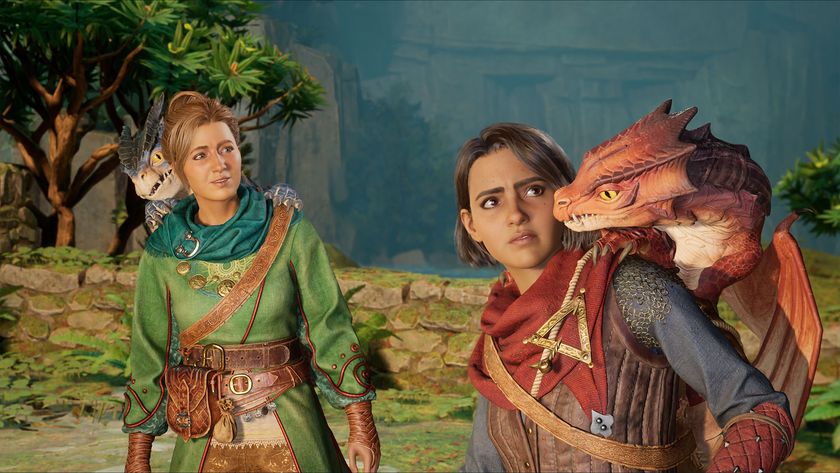
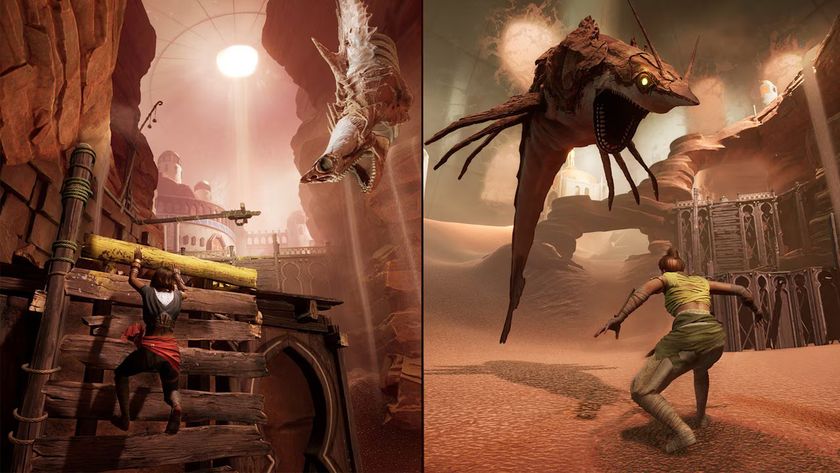
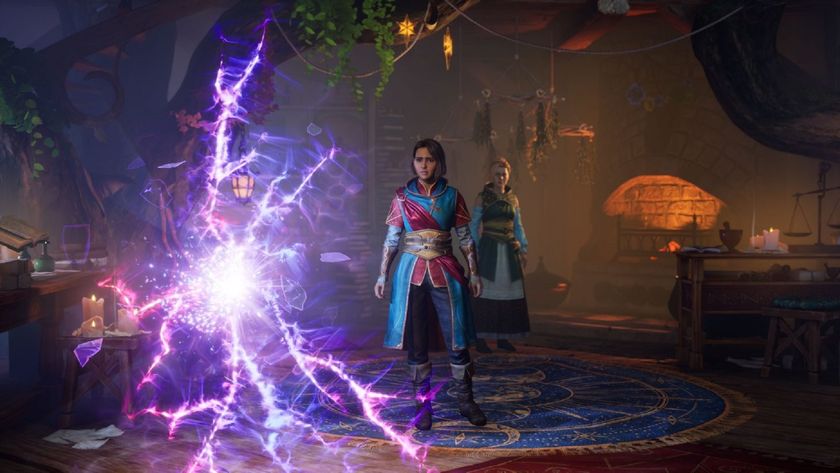
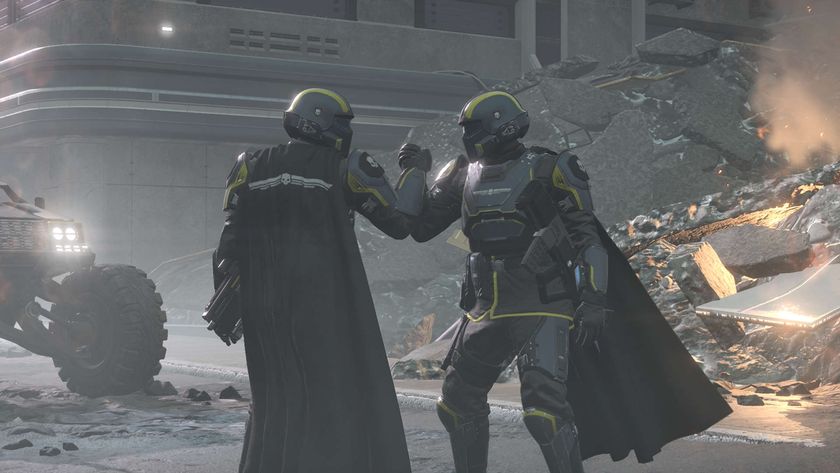

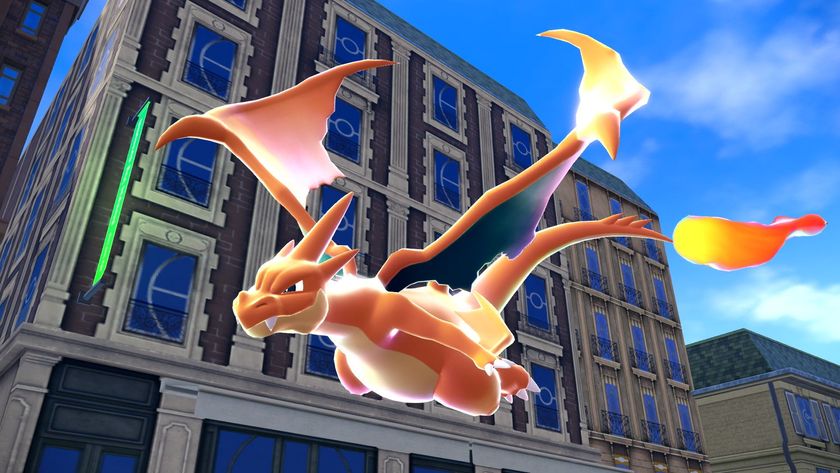
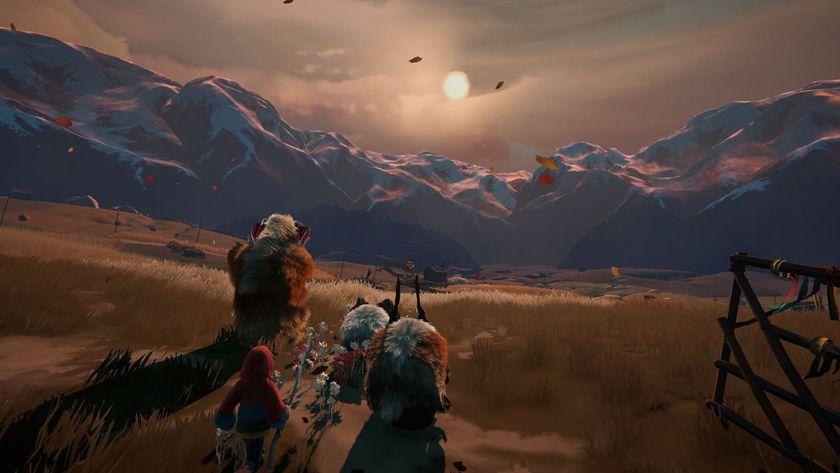
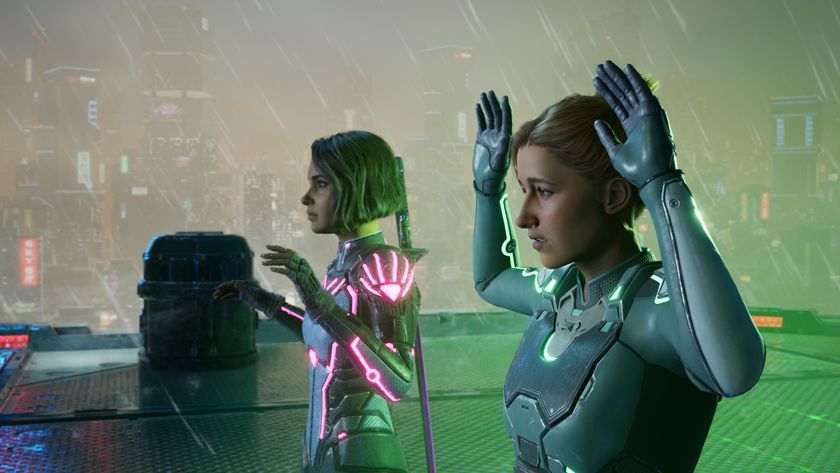
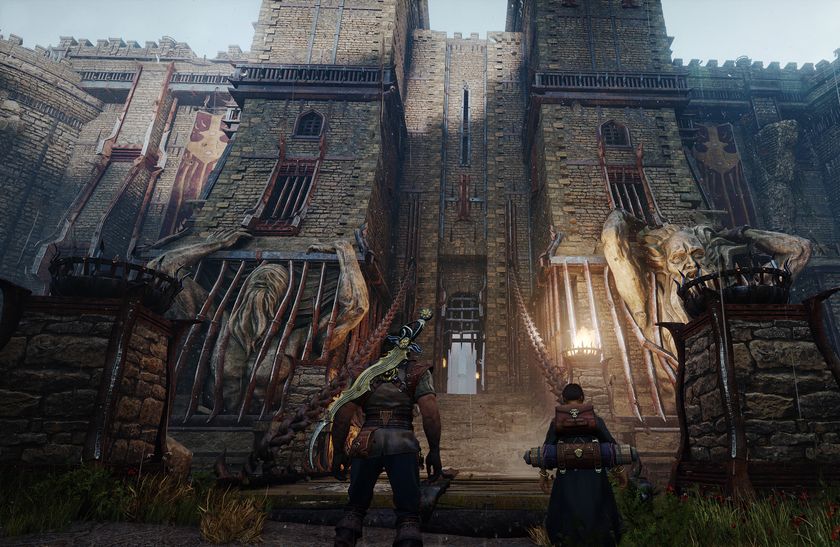
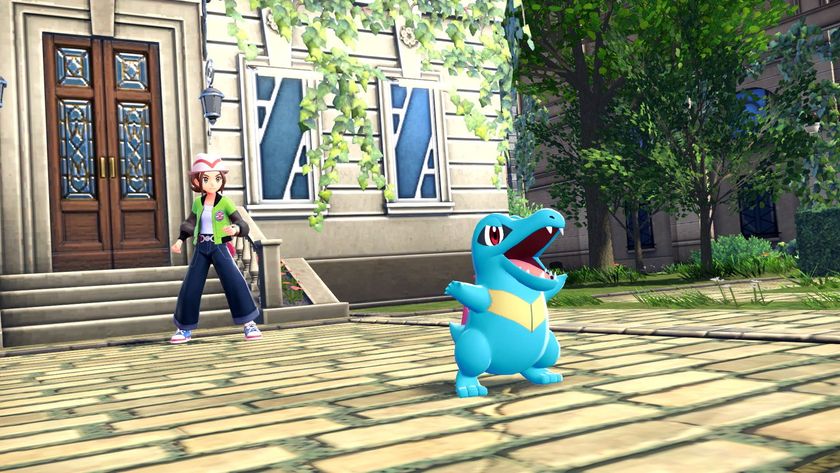
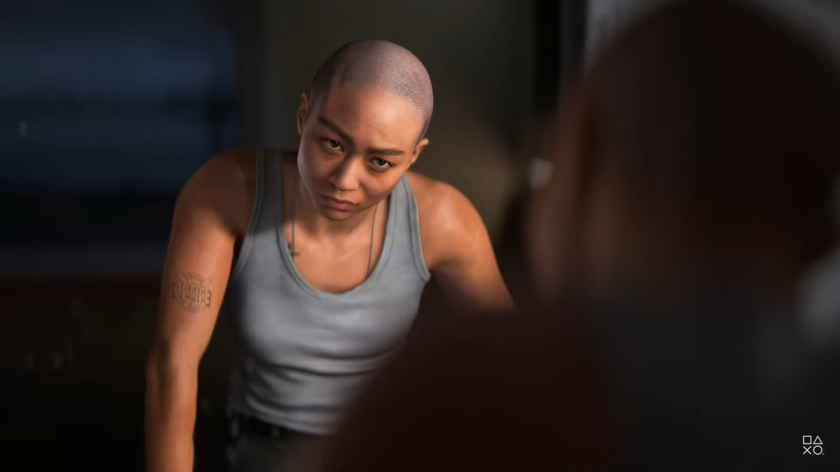
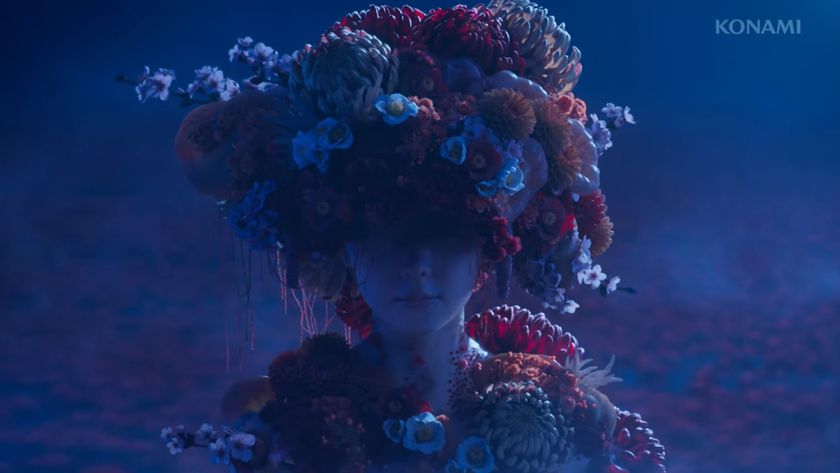

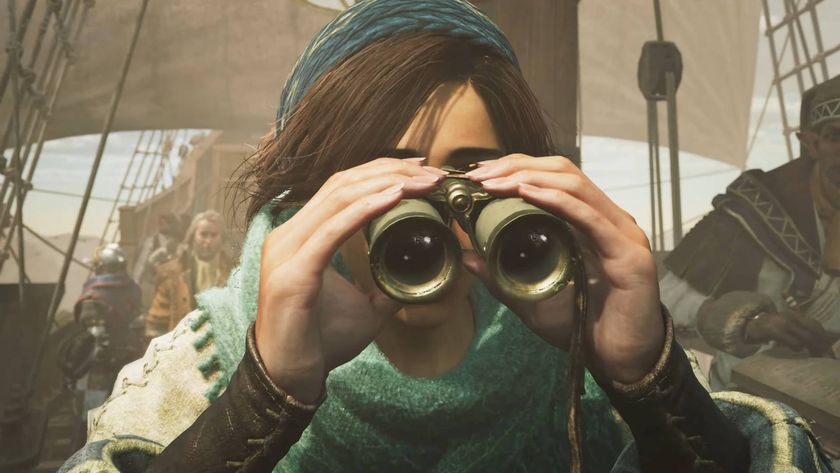

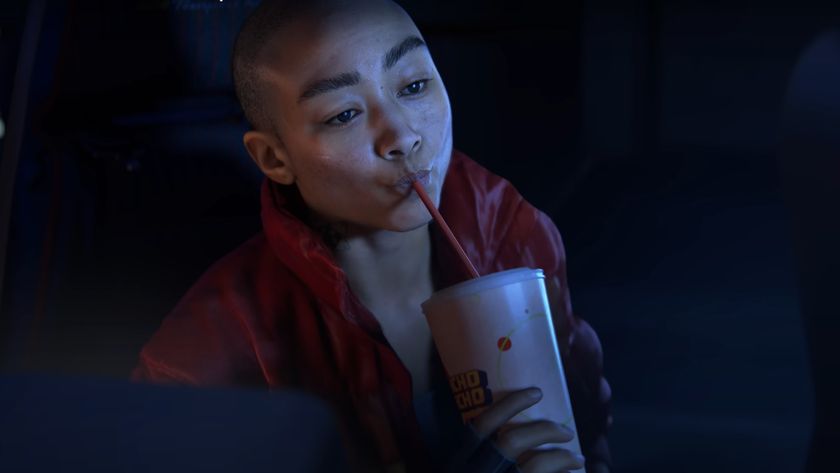

An AI's mission to 'teach' itself Pokemon Red is going as well as you think - after escaping Cerulean City after tens of hours, it went right on back

Pokemon Legends Z-A's visuals aren't "great" say former Nintendo marketing leads, but hope Switch 2 could allow Game Freak to "go back to the drawing board" and add more detail to future RPGs

